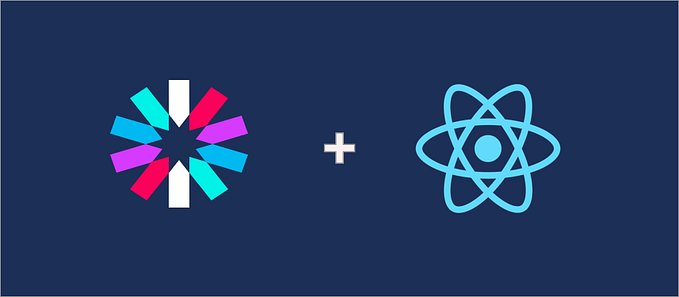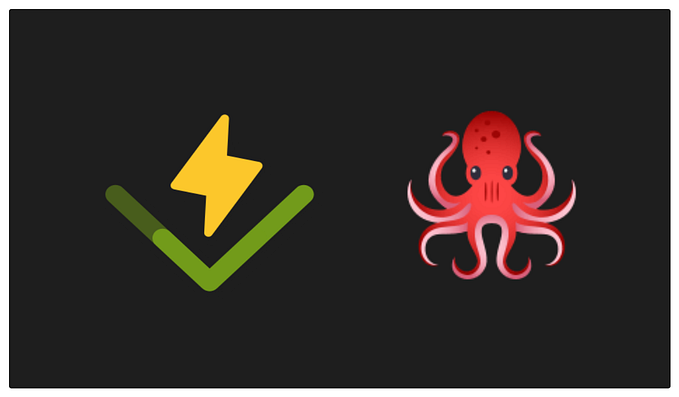Mastering Remote Work: The Art of Asynchronous Communication and Interruption Minimization

In the ever-evolving landscape of work, remote employment has cemented its place as a standard practice. However, achieving the full potential of remote work relies on two essential factors: asynchronous communication and the reduction of interruptions. Here, we delve into these concepts, highlighting their importance and how they can transform remote work dynamics.
The Power of Asynchronous Communication
In a traditional office setting, spontaneous conversations and quick chats with colleagues are commonplace. The real-time exchange of ideas and information is easily achievable. However, in the remote work environment, these ad-hoc interactions pose a unique challenge. Expecting remote team members to hop on a video call for every minor inquiry is neither practical nor productive.
Asynchronous communication emerges as the solution to this dilemma. Picture this scenario: you have a non-urgent question regarding a project feature. You don’t require an immediate response, so there’s no need to disrupt your co-worker with a real-time message. Instead, you can create a brief video or text message detailing your question and share it with your colleague. They can review it at their convenience and respond accordingly.
This shift towards asynchronous communication respects the autonomy and flexibility of remote workers while ensuring that crucial questions are addressed without the need for constant interruptions. It empowers individuals to manage their work in a way that suits their schedules, promoting a more efficient and adaptable remote work environment.
Minimizing Interruptions for Enhanced Focus
The world of remote work is intertwined with digital communication tools, and one of the most popular among them is Slack and Teams. However, its effectiveness can be hampered by the constant barrage of notifications.
In this regard, it’s essential to distinguish between regular messages and disruptive notifications, which we can aptly term interruptions. These notifications, such as @channel or @everyone mentions, demand immediate attention and disrupt your workflow. In many workplaces, they lead to the necessity of snoozing notifications to regain control over one’s focus.
However, a different approach, as seen in various forward-thinking organizations, sets a higher bar for sending notifications to all. They are reserved for situations requiring immediate attention, ensuring that when an @everyone does occur, it holds genuine significance.
The overarching goal is to maximize uninterrupted work time, especially when dealing with creative tasks like coding, writing, quality assurance, or UI/UX work. Deep work demands prolonged focus and undivided attention, and constant interruptions significantly hinder productivity.
The Value of Uninterrupted Time
Being perpetually interrupted is detrimental to accomplishing high-quality work. Unlike tasks that can be resumed instantly, creative endeavors require a substantial investment in setting the right mindset and comprehending the problem at hand. Whether you’re coding, writing, or designing, genuine productivity necessitates extended periods of uninterrupted focus.
Consider this: an hour of work can be spent in one of two ways. You could have 60 minutes of uninterrupted focus, or you could face six interruptions within the same timeframe. In the latter scenario, you’re left with a mere 10 minutes of uninterrupted work time — insufficient for delivering quality results.
Furthermore, these interruptions often pretend as essential work tasks. Slack, Teams messages, and email notifications can easily be mistaken for productive activities. However, if not managed effectively, they intercept the attainment of deep work, which is crucial for accomplishing significant progress.
Balancing Asynchronous Work and Immediate Responses
Reconciling the need for uninterrupted work time with the necessity of addressing colleagues’ questions poses a unique challenge in remote work dynamics. The solution lies in combining asynchronous communication with designated break times.
During these no interruption time zones, individuals can focus entirely on their tasks, leveraging the power of asynchronous communication to address inquiries and collaborate efficiently. Afterward, during breaks or when stepping out of this focused zone, they can engage with Slack, email, and other notifications. When direct messages on Slack or similar platforms disrupt your workflow, it robs you of that choice, ultimately hindering productivity.
In conclusion, successful remote work is not an elusive dream but an achievable reality when grounded in two fundamental principles: asynchronous communication and the minimization of interruptions. Embracing these practices not only fosters a more productive remote work environment but also empowers individuals to manage their time effectively, resulting in higher-quality outputs and a healthier work-life balance in the realm of remote work.
You can support me by buying me a coffee ☕








